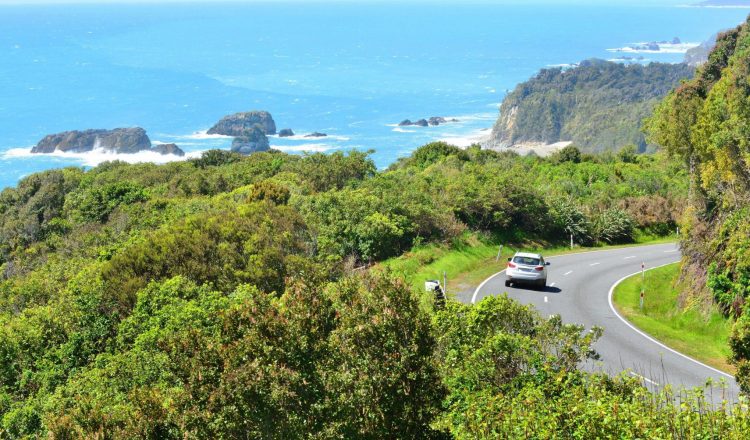高齢ドライバー
高齢者ドライバーは、視力、反応時間、柔軟性などの変化により、車両の安全な操作に影響を及ぼす可能性があります。
安全な道路システムとは、熟練した有能な、注意深い、シラフのドライバーが、予測可能でミスに寛容な安全な道路を、安全な車両で安全な速度で走行することです。安全に運転ができなくなった場合、人は運転を引退しなければなりませんが、移動性と自活を維持することができます。
ドライバーは、75歳、80歳、その後2年ごとに運転免許証を更新しなければなりません。
- 新しい免許証の有効期限は2年から5年です。
- 更新料は安くなります。これは、免許の更新頻度が高いからです。
- 申請時には毎回、医師の診断書を提示する必要があります。
- 医師に勧められた場合は、30分間の路上安全テストを受ける必要があります。
診断書の取得
75歳の誕生日を過ぎて免許を更新するには、医師の診断を受けて運転免許証用診断書を取得する必要があります。
医師には運転免許証用の診断書であることを伝えてください。診察料はご自身で負担していただきます。
診察では、医師があなたの現在の健康状態について相談し、視力を検査します。そして、あなたが以下の条件を満たしているかどうかを診断します。
- 医学的に運転が可能であること
- 医学的には運転に適しているが、条件付きの場合(例:矯正レンズ、時間帯制限、距離制限)。
- 路上での安全性をテストした上で、医学的に運転するのに適している。
- 専門家(例:検眼医、作業療法士、運転評価者)への照会(結果は医師から通知されます)。
- 医学的に運転するのに適していない場合。医師はニュージーランド運輸局に助言しなければならず、免許は誕生日に失効します。
医師が医学的に運転に適していると判断した場合は、医師は運転免許証用の医療証明書を発行します。

















































